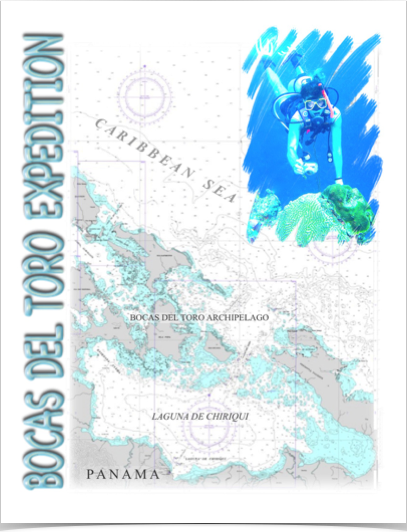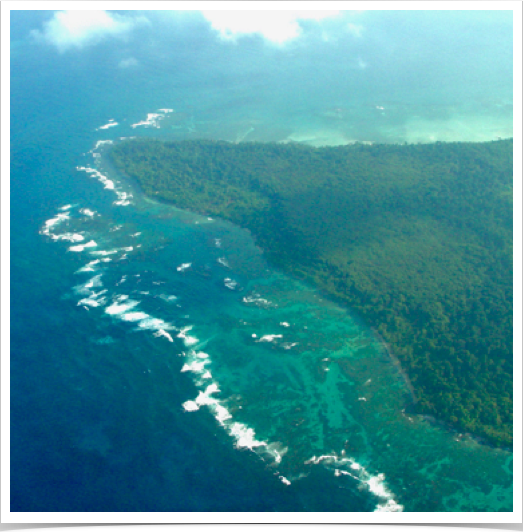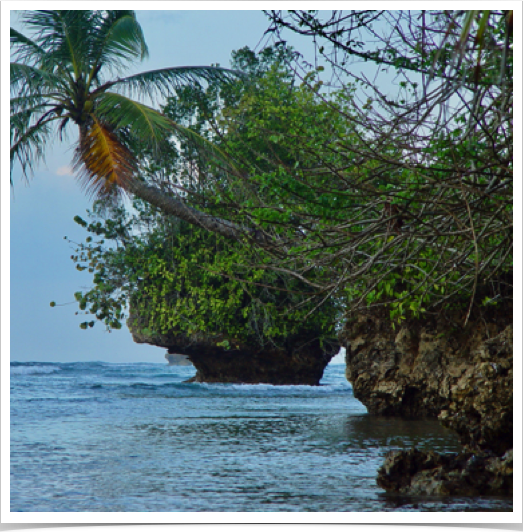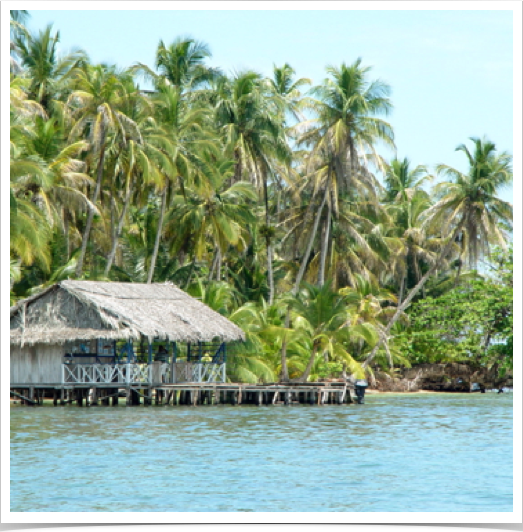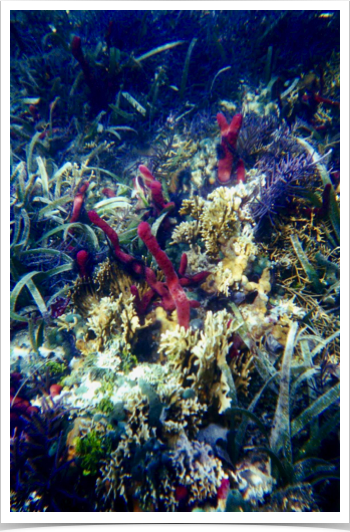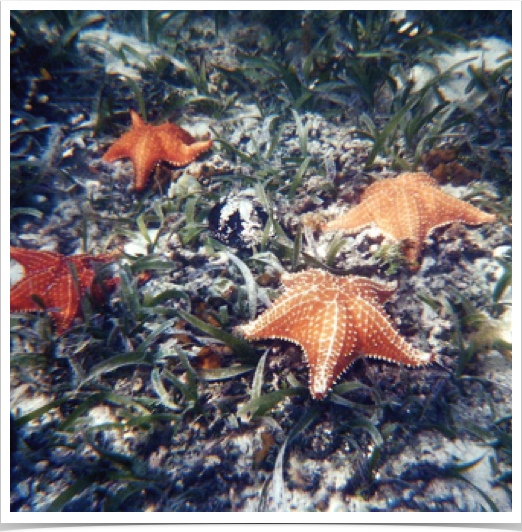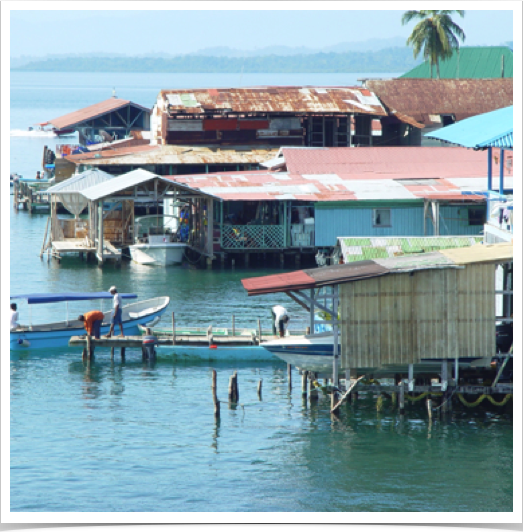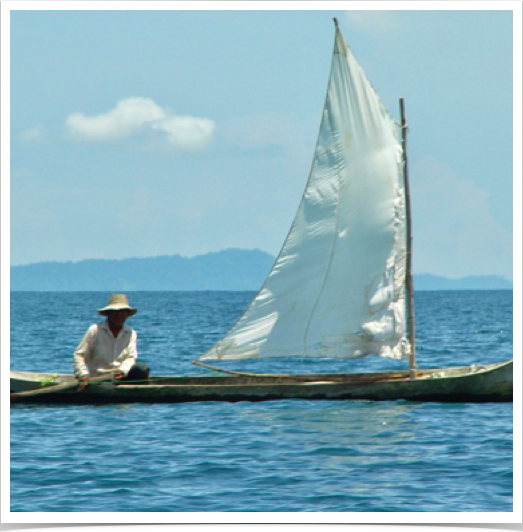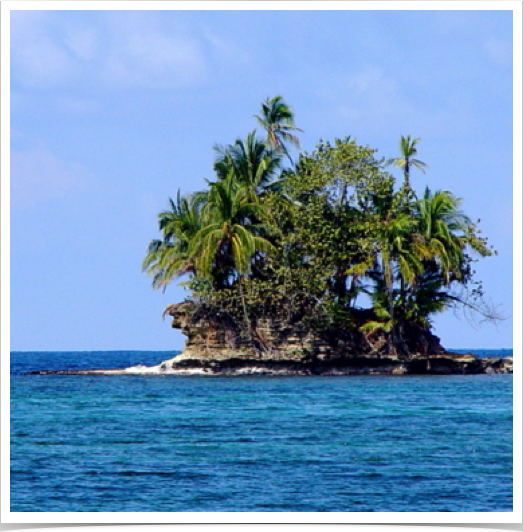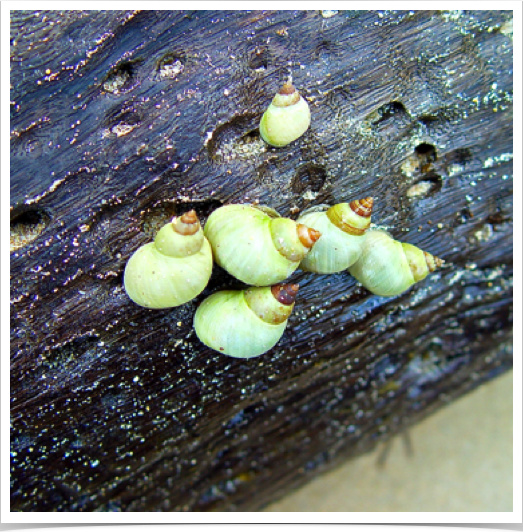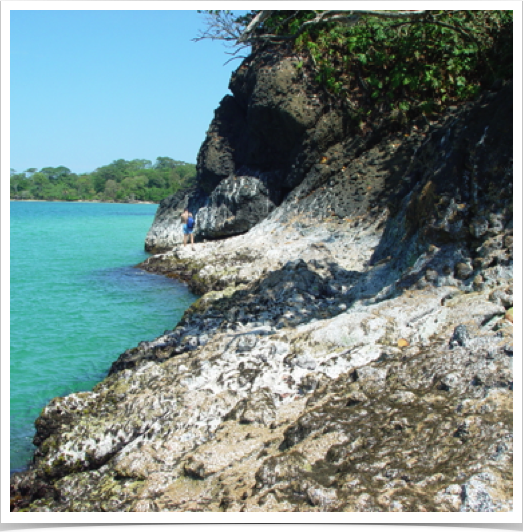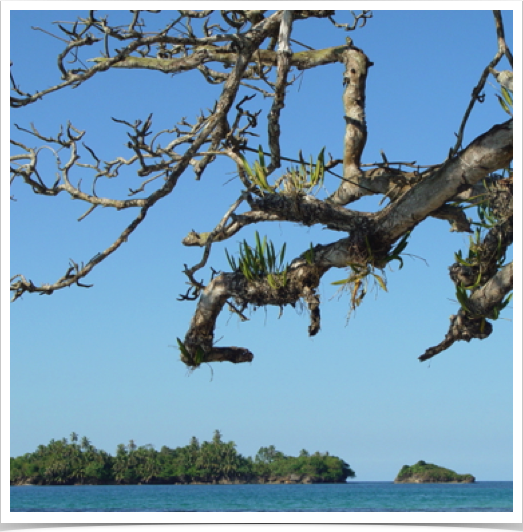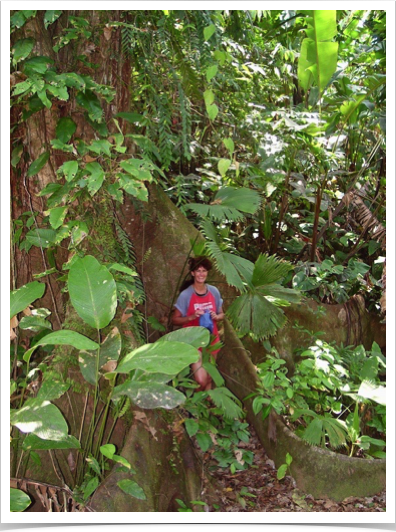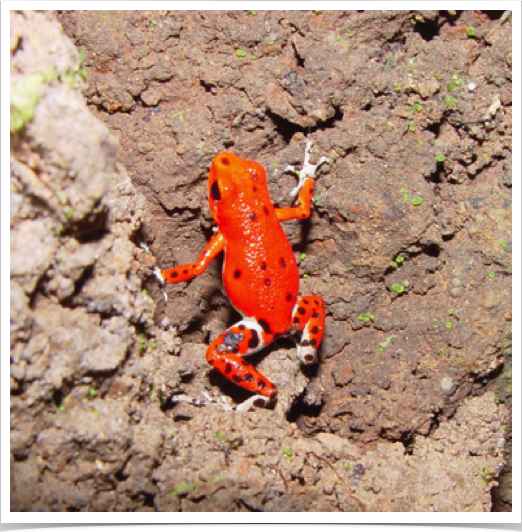SOUTHWESTERN CARIBBEAN
The Bocas del Toro Archipelago, located at latitude 9.3 and longitude 82.2, lies in the northern hemisphere on the Northwest Caribbean coast of the Republic of Panamá in the province of Bocas del Toro. The tropical archipelago - a province of Panama - consists of nine islands. Bocas del Toro borders the Caribbean Sea to the north, Costa Rica to the west, and Chiriquií Province to the south. The Smithsonian Tropical Research Institute operates a research station on Colón Island - northwest of Bocas Town.
Dr. Alshuth explored the nearshore communities and coral reefs of the archipelago in 2003, their anthropogenic impacts caused by coastal societies, increased tourism and coastal development and in particular, abundance of key herbivorous reef fish species vital for reef health and control of overgrowing seaweeds and sponges. Other ecosystems include the biodiverse tropical lowland rainforest and the Red Mangrove Forests - a fascinating and ecologically important forest type in the archipelago.
Click on any picture below to start slide show.
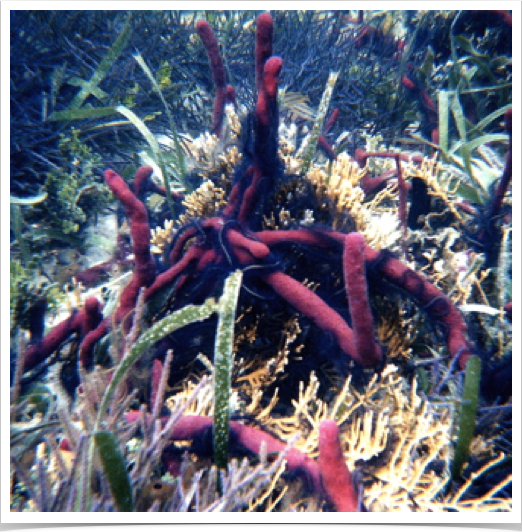
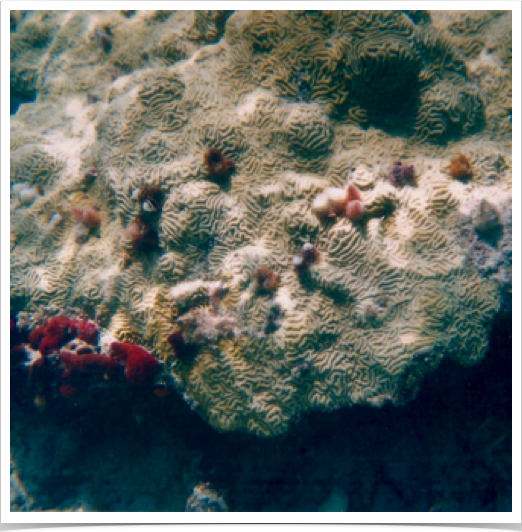
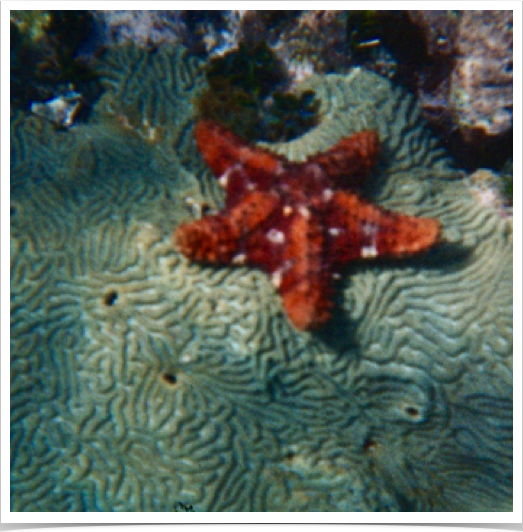
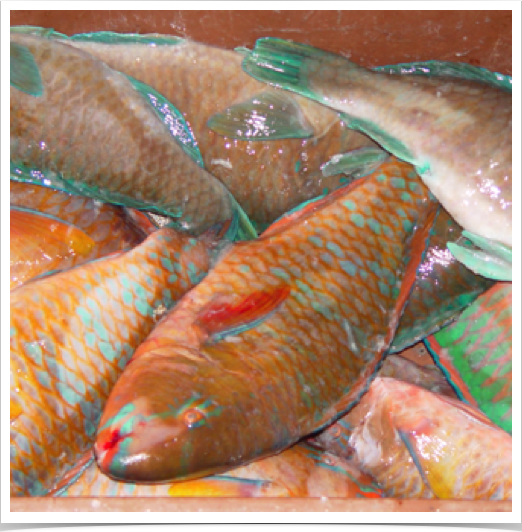
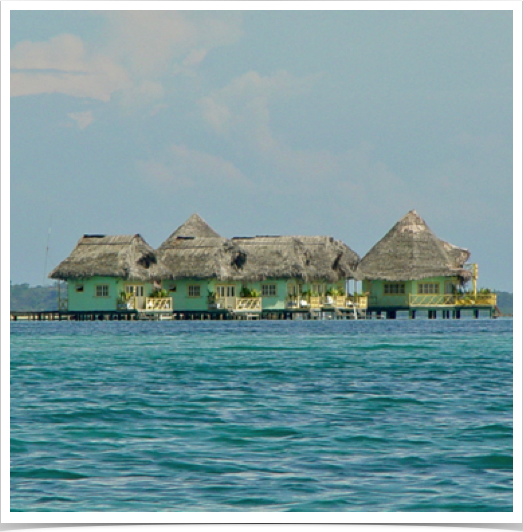
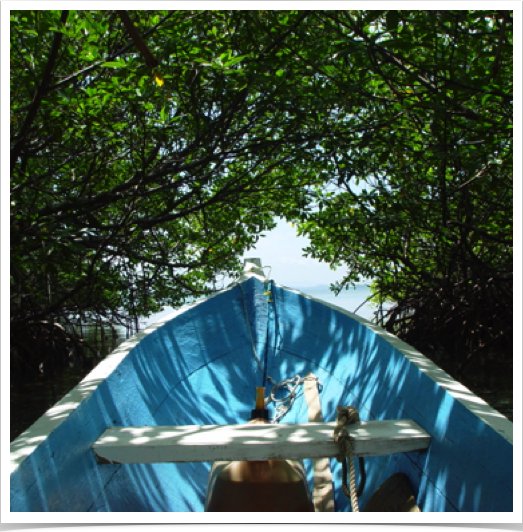
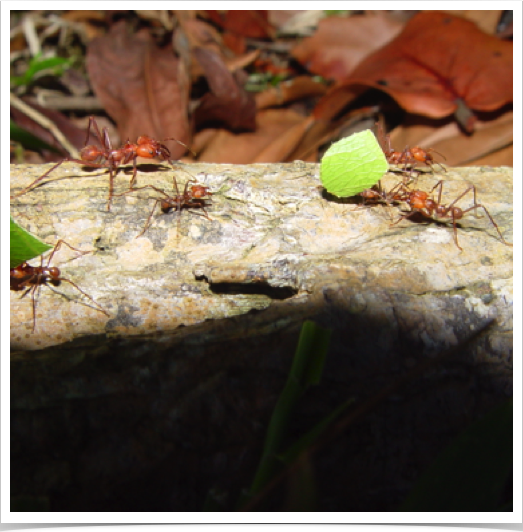
BOCAS DEL TORO ARCHIPELAGO
Home / Your Professor / Biography / Research / Expeditions / Tropical Oceans & Seas Expeditions / Atlantic Expeditions / Bocas Del Toro
